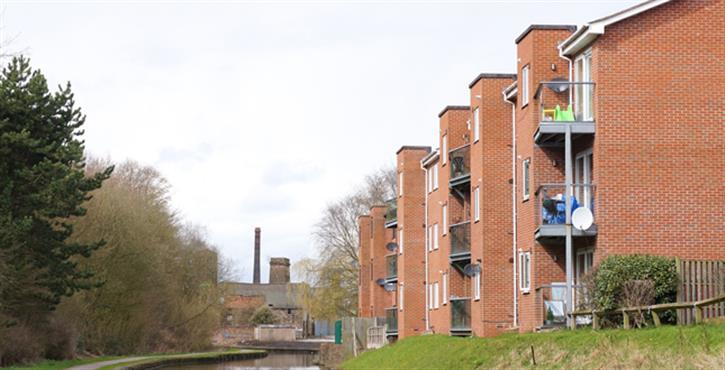

The Building Engineering Services Association (BESA) has been chosen to publish the UK’s first test standard for Heat Interface Units (HIUs).
This new standard is regarded as an important step towards improving the overall performance of British district heating schemes and has been adopted from a test regime developed by energy consultancy FairHeat.
HIUs are key components of heat networks, used to extract heat from the network to feed individual buildings and dwellings. How they perform is central to occupant satisfaction levels and the overall efficiency of the schemes in terms of return temperatures and network sizing. Up until now many heat networks have failed to achieve their intended efficiency targets.
The initial test regime was developed by FairHeat, in partnership with Martin Crane of Carbon Alternatives. It was adapted from a well-established Swedish methodology to suit typical UK operating conditions as part of a research project funded by the former Department of Energy and Climate Change.
This initial test regime has now been adopted as a technical standard by BESA and it will be used to compare manufacturers’ products and equipment types to help network designers evaluate the performance of individual HIUs against their design parameters. It will also be used to create a comprehensive database and improve the industry’s knowledge of HIU performance to better inform future network designs.
“District schemes are a key part of the government’s strategy for achieving low carbon heat targets,” said BESA’s technical director Tim Rook. “HIUs are the crucial interface between a network and its consumers – and, in many cases, they have proved to be an Achilles’ heel.
“This standard is, therefore, a major step forward for UK heat networks and it is a real accolade for BESA to be asked to publish and disseminate it on behalf of the industry.”
If you'd like to keep up-to-date with the latest developments in the heating and plumbing industry, why not subscribe to our weekly newsletters? Just click the button below and you can ensure all the latest industry news and new product information lands in your inbox every week.